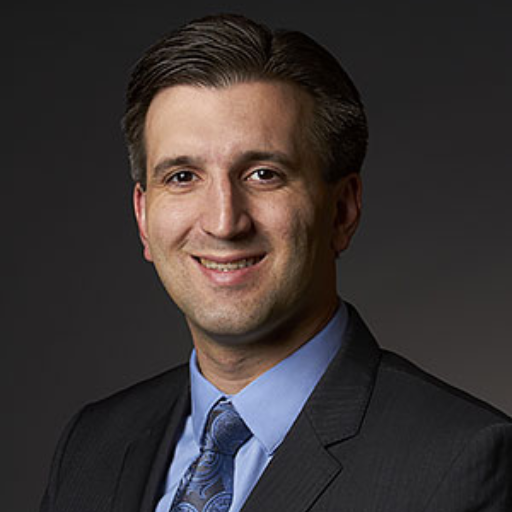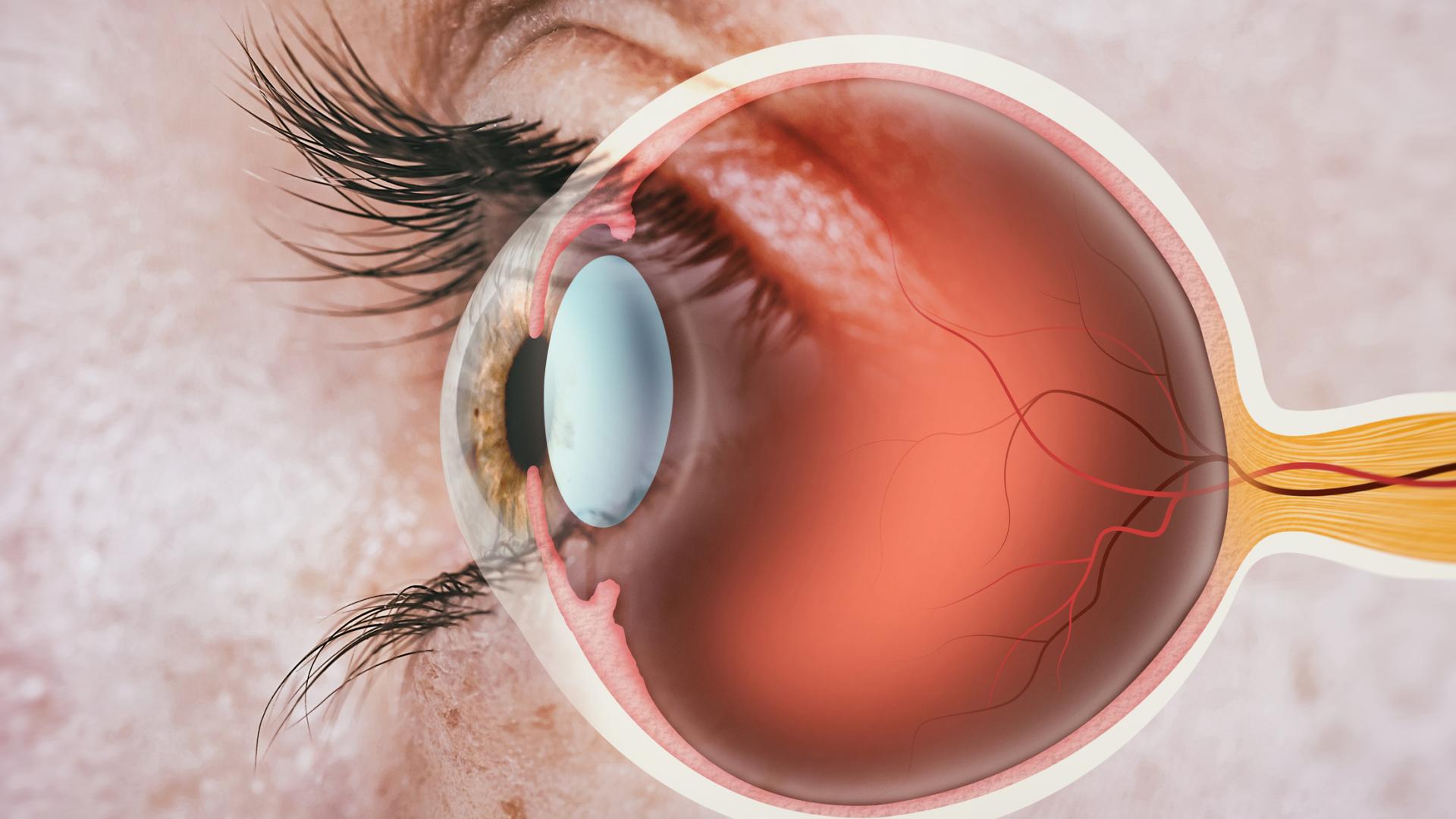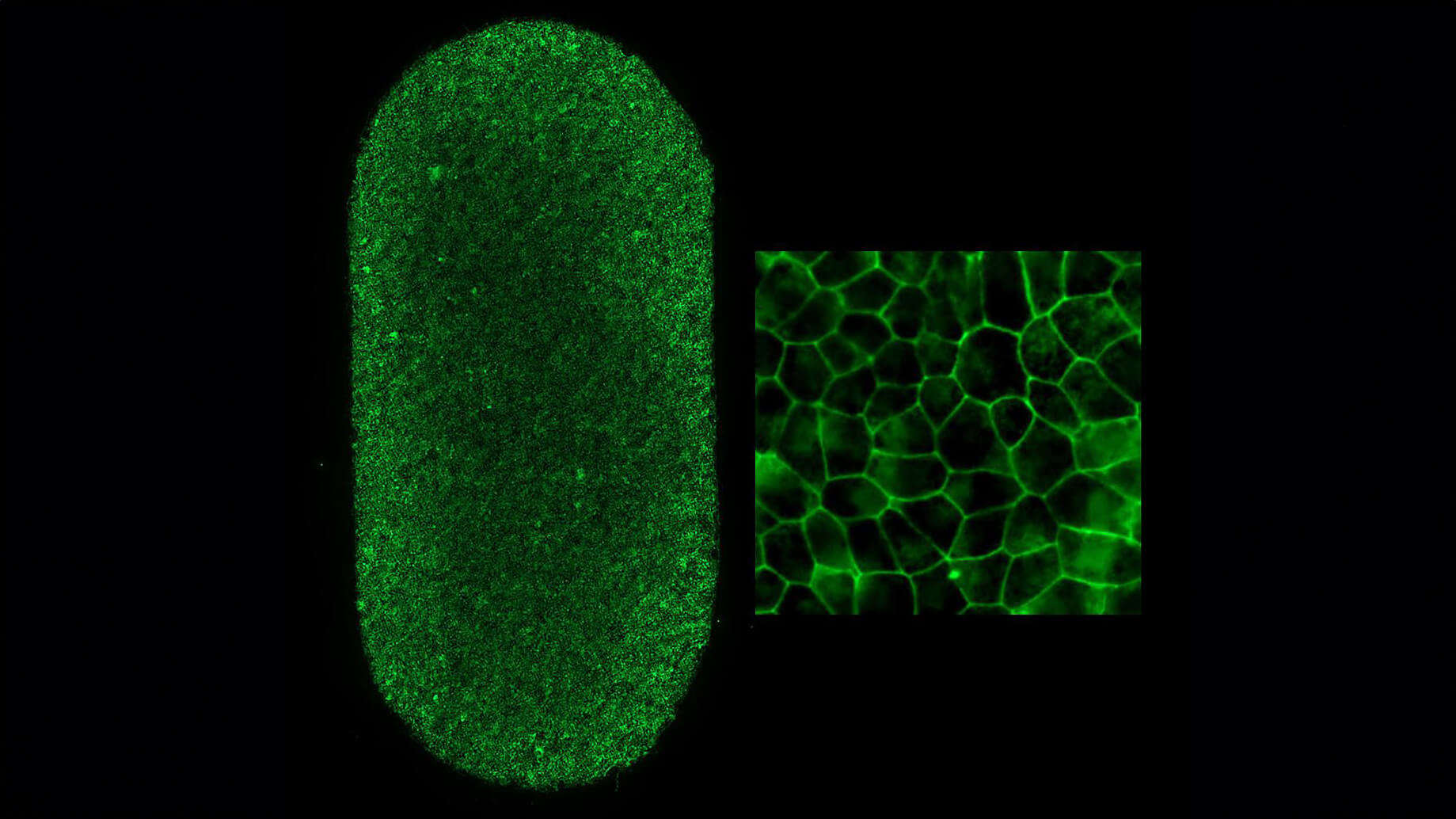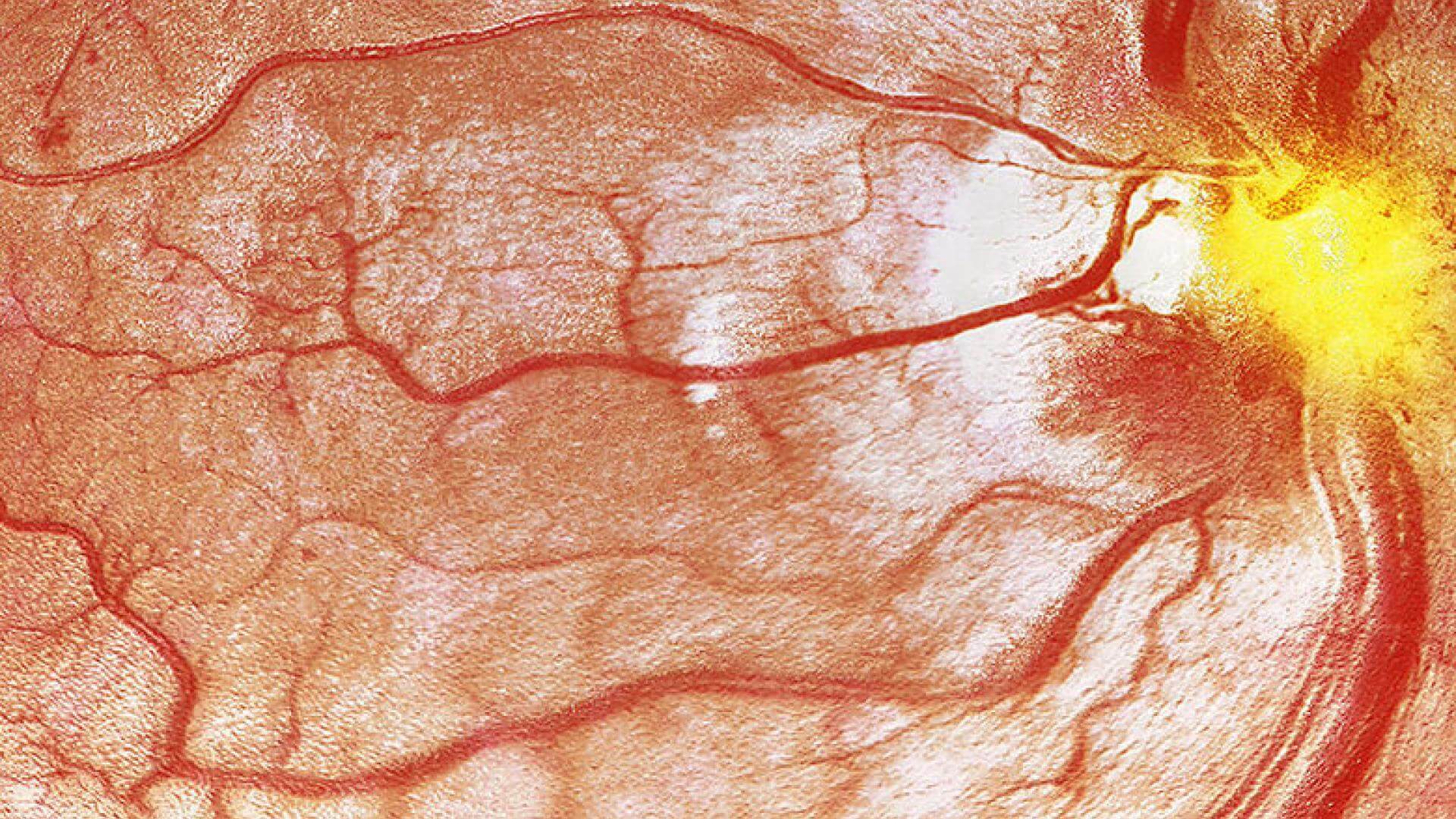
AmirKashani
MD, PhD
Location
Baltimore, MD, USA
Current Organization
Johns Hopkins University
Biography
Dr. Kashani graduated medical school from Johns Hopkins School of Medicine where he obtained both his MD and PhD. He is now an Associate Professor in the Department of Ophthalmology and the USC Roski Eye Institute at the University of Southern California, Keck School of Medicine. He is a board certified Ophthalmologist and fellowship trained vitreoretinal surgeon. The focus of his research is to combine clinical practice with novel methods for in vivo measurement of human retinal structure and function that will advance our ability to treat disease before irreversible damage is done. For example, Dr. Kashani’s research team was involved in the preclinical testing of the first FDA approved Optical Coherence Tomography Angiography (OCTA) platform in the United States that is now able to detect capillary damage in subjects with Diabetes Mellitus before clinical damage is apparent. He has developed and implemented several measures of retinal vascular structure and function using OCTA. These include measures of 2-dimensional and 3-dimensional retinal capillary density and morphology. Dr. Kashani was one of the first to use quantifiable OCTA metrics to characterize early stages of retinal vascular disease such as including diabetic retinopathy, retinal venous occlusion, uveitis, and vitreoretinal traction. These methods are being applied in two prospective multicenter studies to assess retinal capillary changes in diseases ranging from diabetes mellitus to small vessel disease and dementia. Dr. Kashani’s work has been funded by the National Eye Institute, National Institute for Neurologic Diseases, and the BrightFocus Foundation. Dr. Kashani is also Principal Investigator and surgeon of a first-in-man Phase 1/2a study of a novel stem cell derived retinal pigment epithelium monolayer for treatment of geographic atrophy in advanced dry age-related macular degeneration (AMD). Dry AMD is among the leading causes of blindness in the Western world and currently does not have any treatment. His research has been published in leading peer-reviewed journals including Ophthalmology Retina, American Journal of Ophthalmology, PLoS One, Investigative Ophthalmology and Visual Sciences and Science Translation Medicine. In recognition of his work and contributions, Dr. Kashani has been recognized by his peers as one of the Top 50 International Rising Stars in the field of Ophthalmology and is annually recognized as one of Best Doctors in America.
Grants
News Featuring This Grantee

Research News
Searching the Eye for Signs of an Inherited Rare Form of Alzheimer’s
New research and diagnostic techniques of the retina may be used to diagnose a rare form of Alzheimer's disease at its earliest stages.

Research News
Historic First Patient-Derived Stem Cell Therapy for Geographic Atrophy—With BrightFocus Grantees at the Helm
The National Institutes of Health announced that surgeons successfully transplanted a patch of lab-grown retinal pigmented epithelial tissue (RPE) into patients with geographic atrophy.

Research News
Screening Alzheimer’s Via the Eye: Blood Vessel Changes May Reveal Early Dementia
Research finds that changes in blood flow and vessel density in the eye may be an indicator of problems with blood circulation in the brain, signaling the risk of Alzheimer’s disease.


